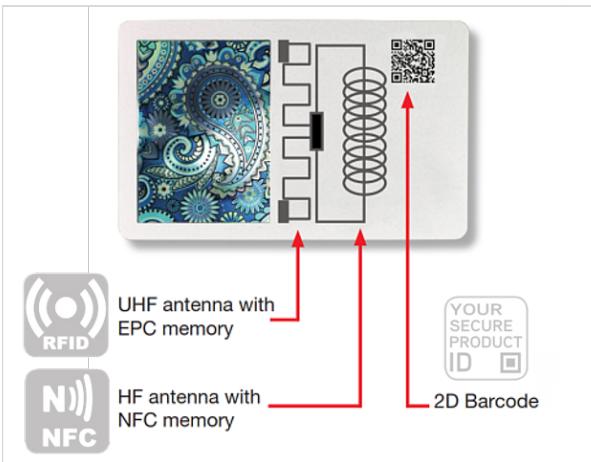2.3 Nuclear and other analytical techniques
Scenario 3: E-commerce: criminal infiltration of online supermarket chains for home delivery of fake food Step 1 – Control of legitimate e-operators. Step 2 – Selling fraudulent food as genuine through the controlled e-supermarkets.
The technology will be able to analyse the marketed products and determine if they are fraudulent and if they do not originate from the correct geographical location.
Step 3 – Expansion of e-commerce market through the creation of a Super E-food app. Step 4 – Creation of dedicated social network groups/pages to sell fraudulent products to final customers.
2.3.4 Using ion beam analytical techniques Technology submission 10 In this area, one solution uses ion beam analytical techniques such as PIXE (Particle-Induced X-ray Emission), RBS (Rutherford Backscattering Spectrometry), Ion Microprobe and MeV- SIMS (Secondary Ion Mass Spectrometry with MeV ions) as tools to find markers belonging to all components of a products like, for example, wine bottles. Tandem-type accelerators provide swift protons and other ions to be used for different analytical applications. PIXE (Particle-Induced X-ray Emission) is based on the detection of characteristic X-rays stemming from the target atoms. In this way, all elements present in the sample can be quantified, leading to the identifications of particular element markers. These markers will then be used to create the identity of an original product, leading to the possibility of identifying counterfeit ones. The analysis performed may allow for the identification of markers belonging to different materials which form the final product. The latter is seen as a whole set of elements composing it, including the product itself (organic material) and its packaging. Following this, and in the specific example of wine bottles, the analysis to find markers includes the beverage itself, the glass of the bottle, the labels and the cork used to seal the bottle. PIXE employs energetic ions (of the order of a few MeV) provided by particle accelerators as primary probes of the material under study. The energetic ions collide with the atoms of the material giving rise to ionization and subsequent de-excitation of the target atoms, which could take place through the production of characteristic X-rays. These X-rays are then detected by suitable detectors. The data is then processed by nuclear modular electronics and stored in computers as X-ray spectra. These spectra are analysed by specialized computer software in order to obtain the desired information and differentiate original products from counterfeit ones in the case in which an incident occurred or if the need for this type of control arose. Submission received by Ion Implantation Laboratory, Institute of Physics of the Federal University of Rio Grande do Sul.
76











